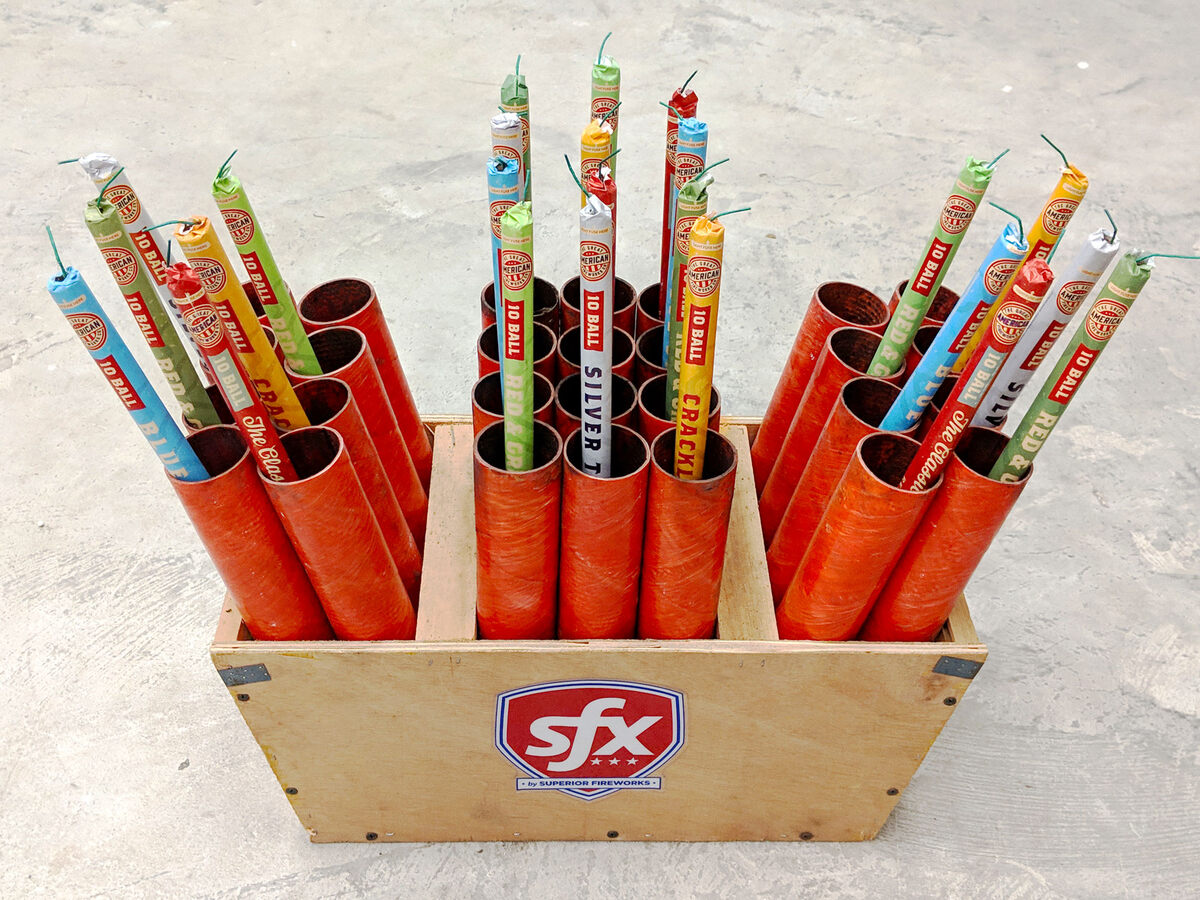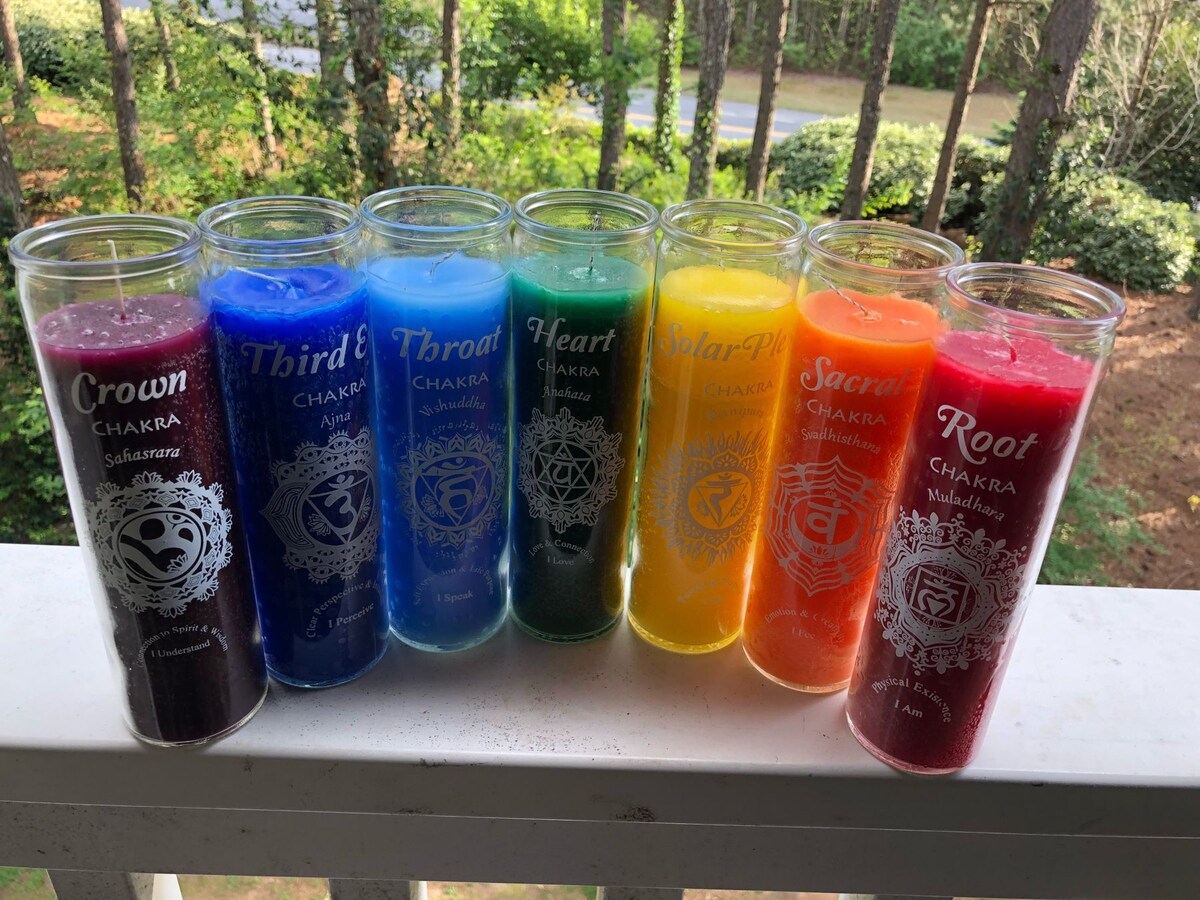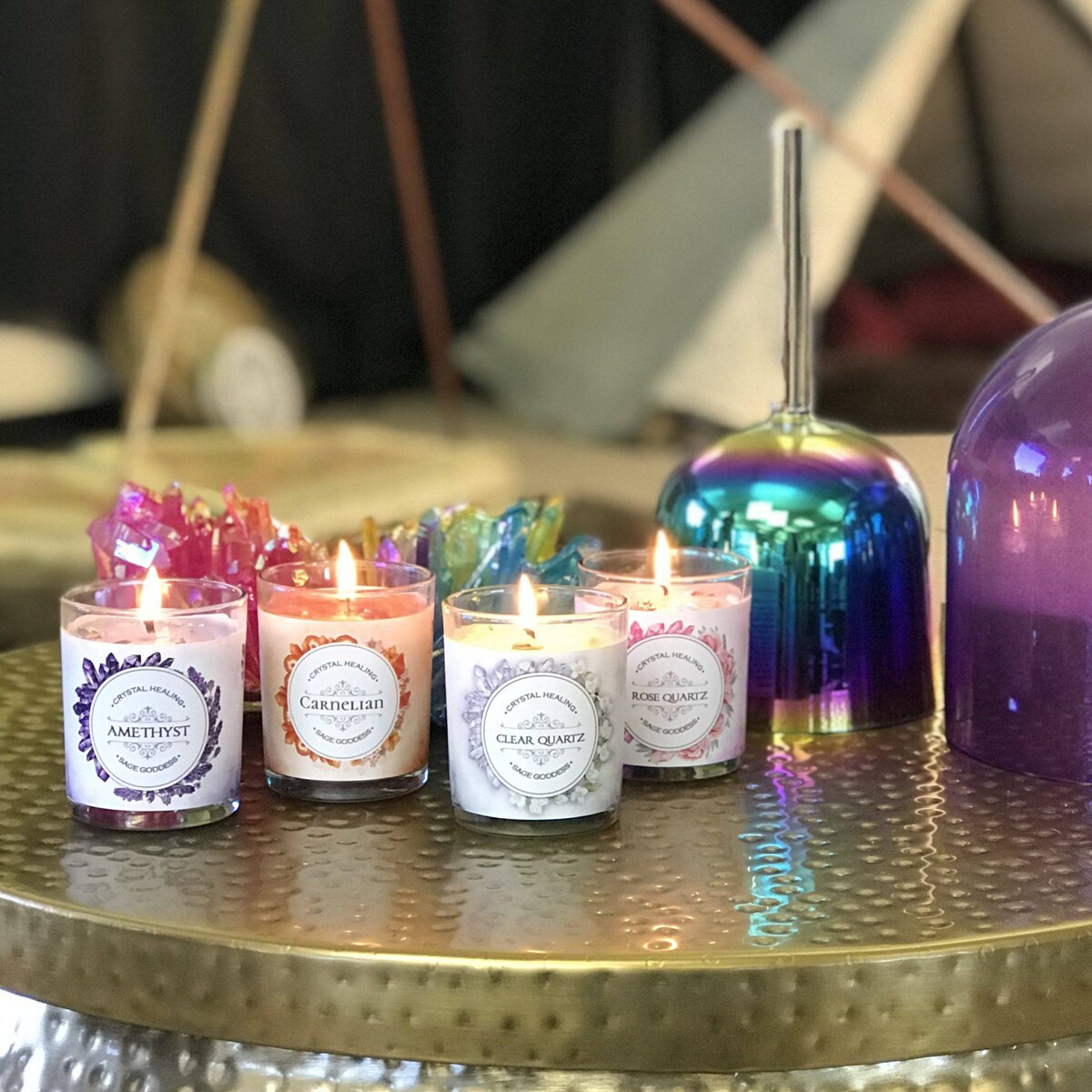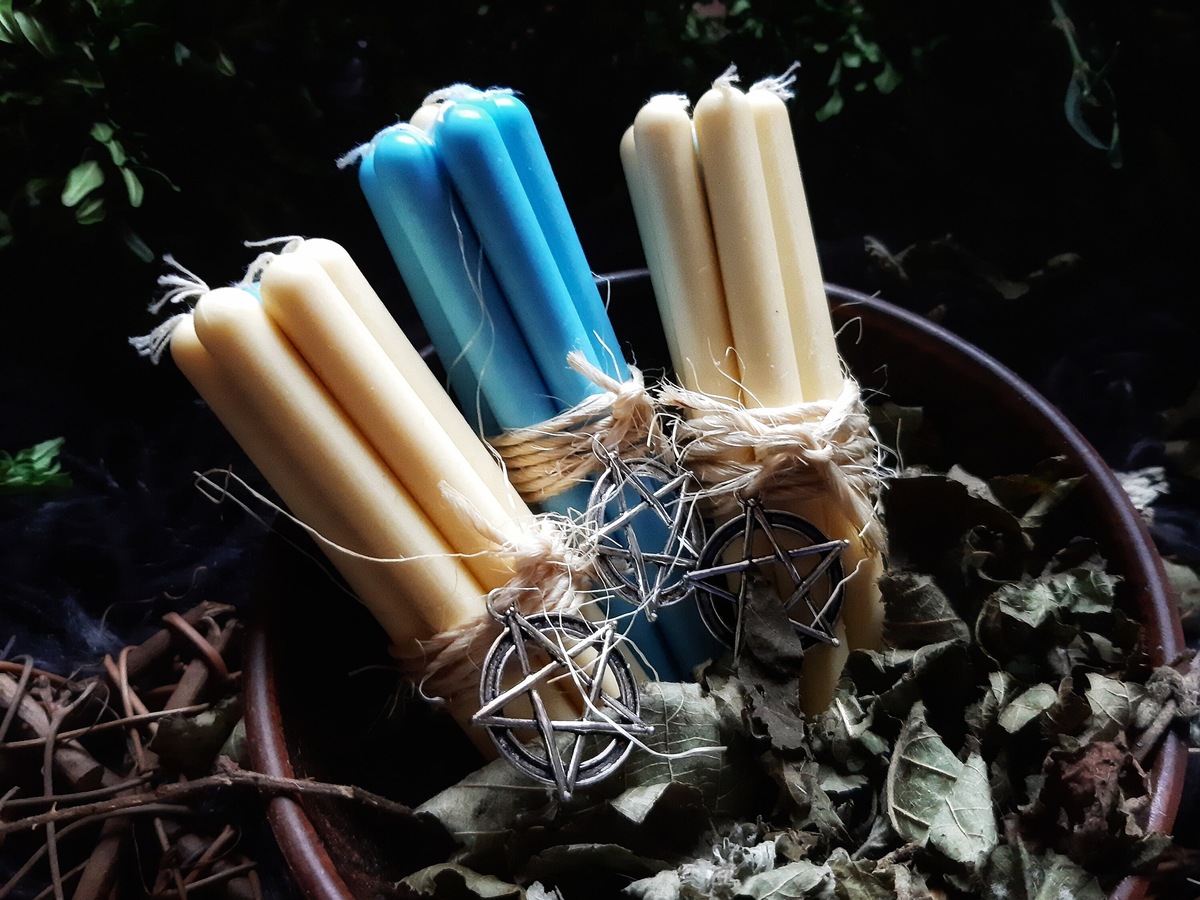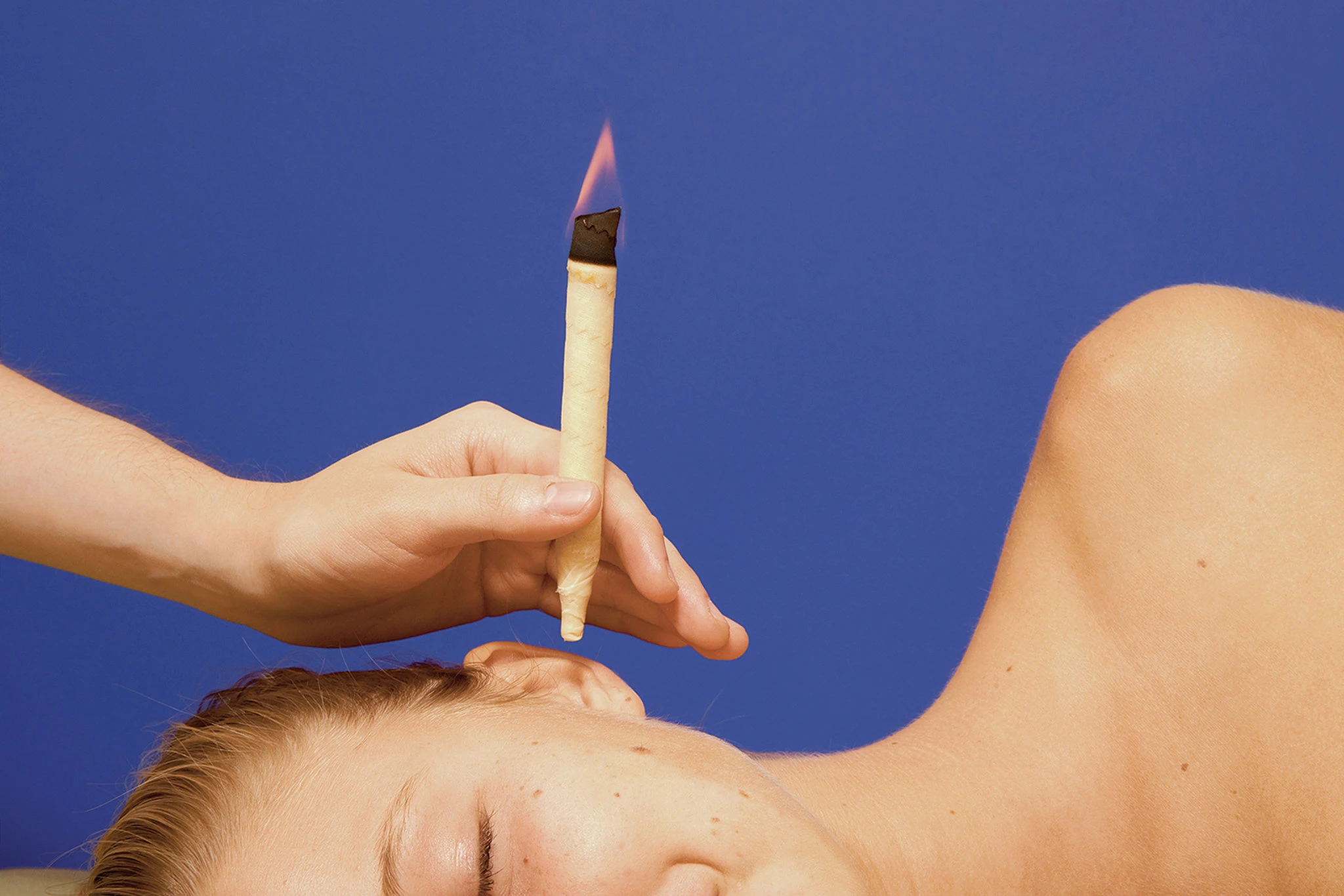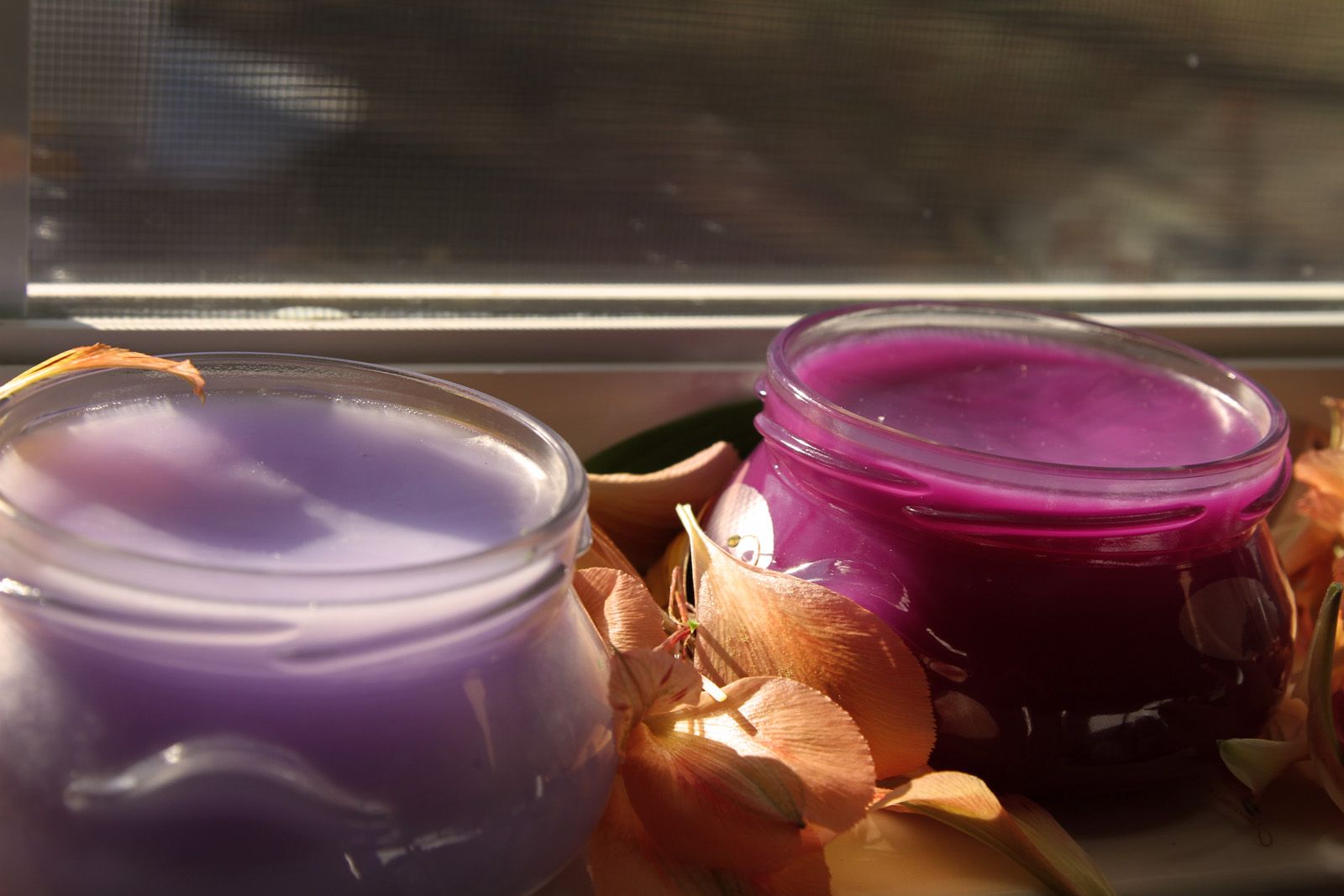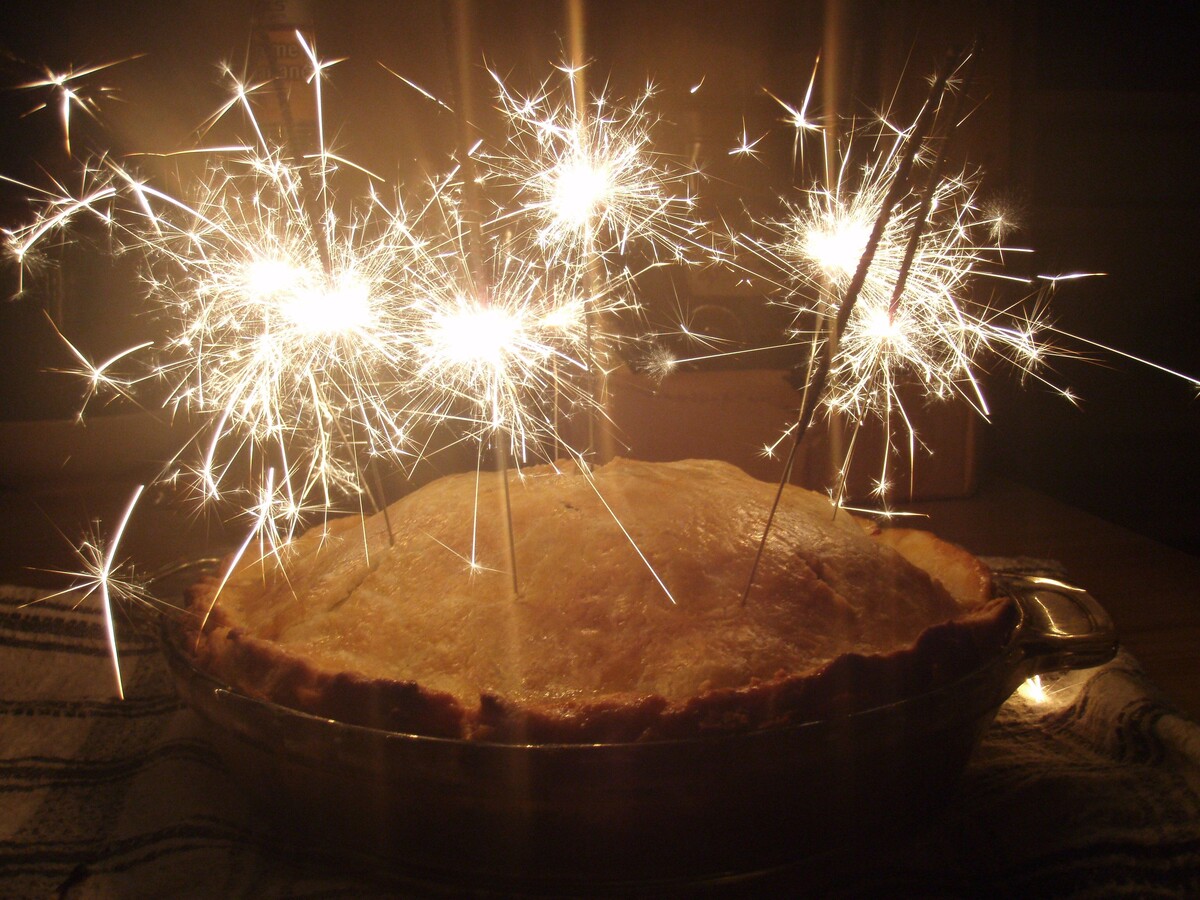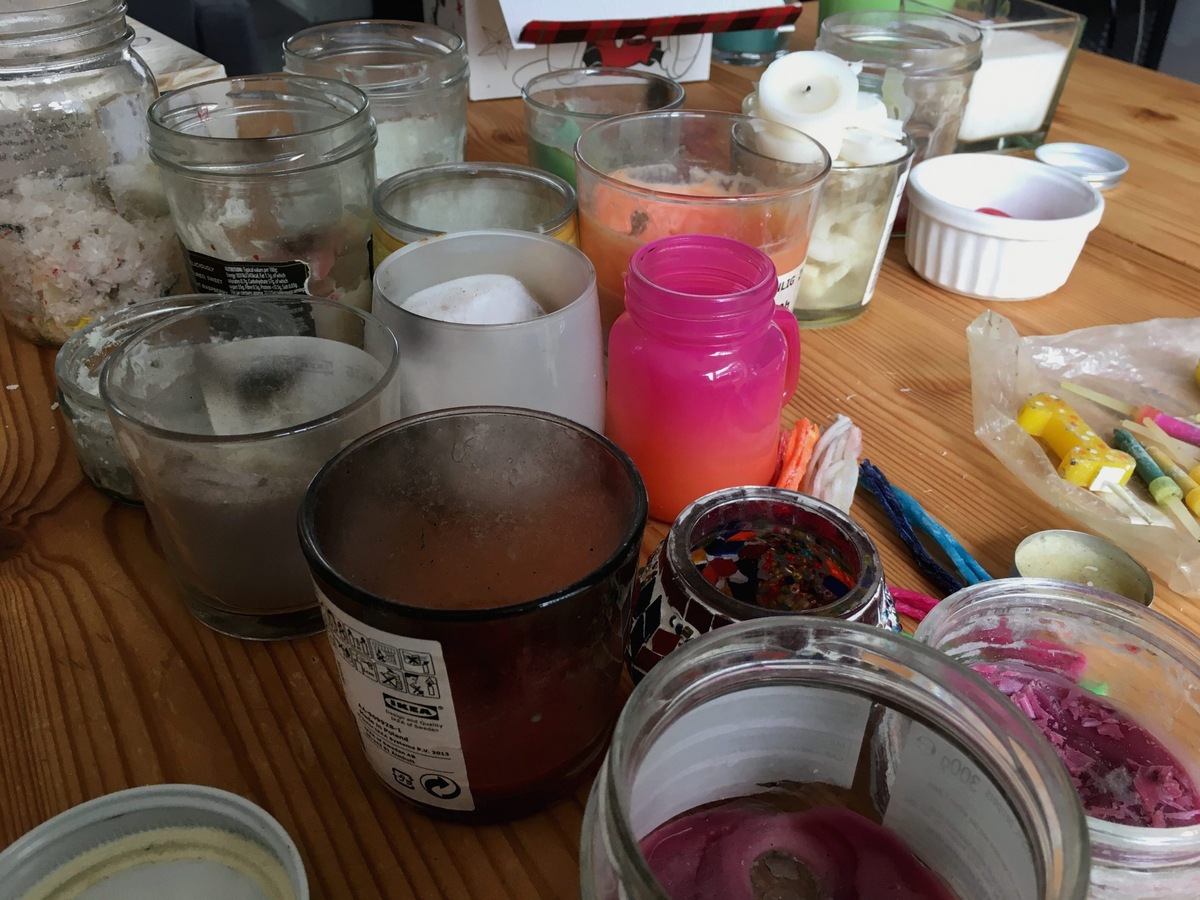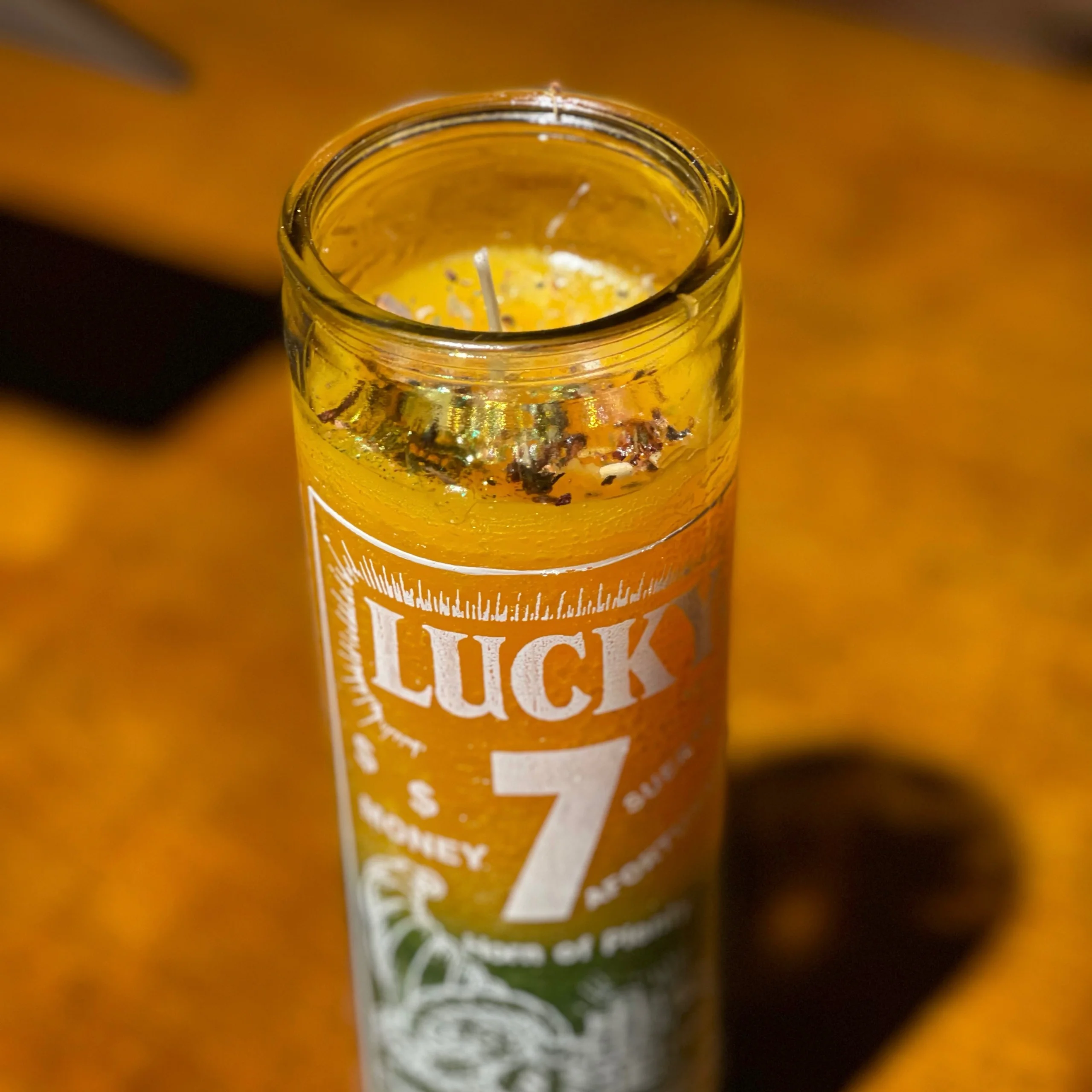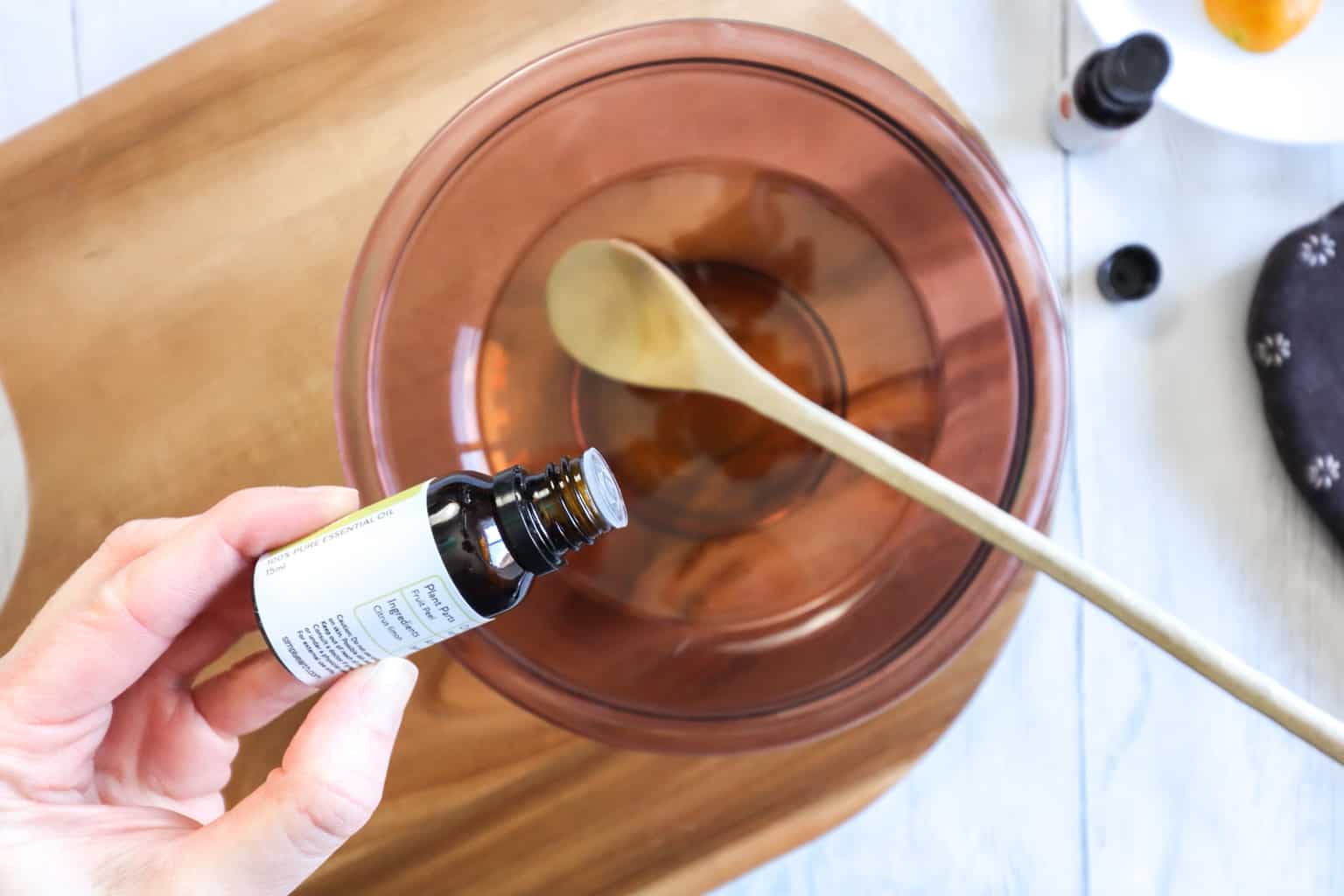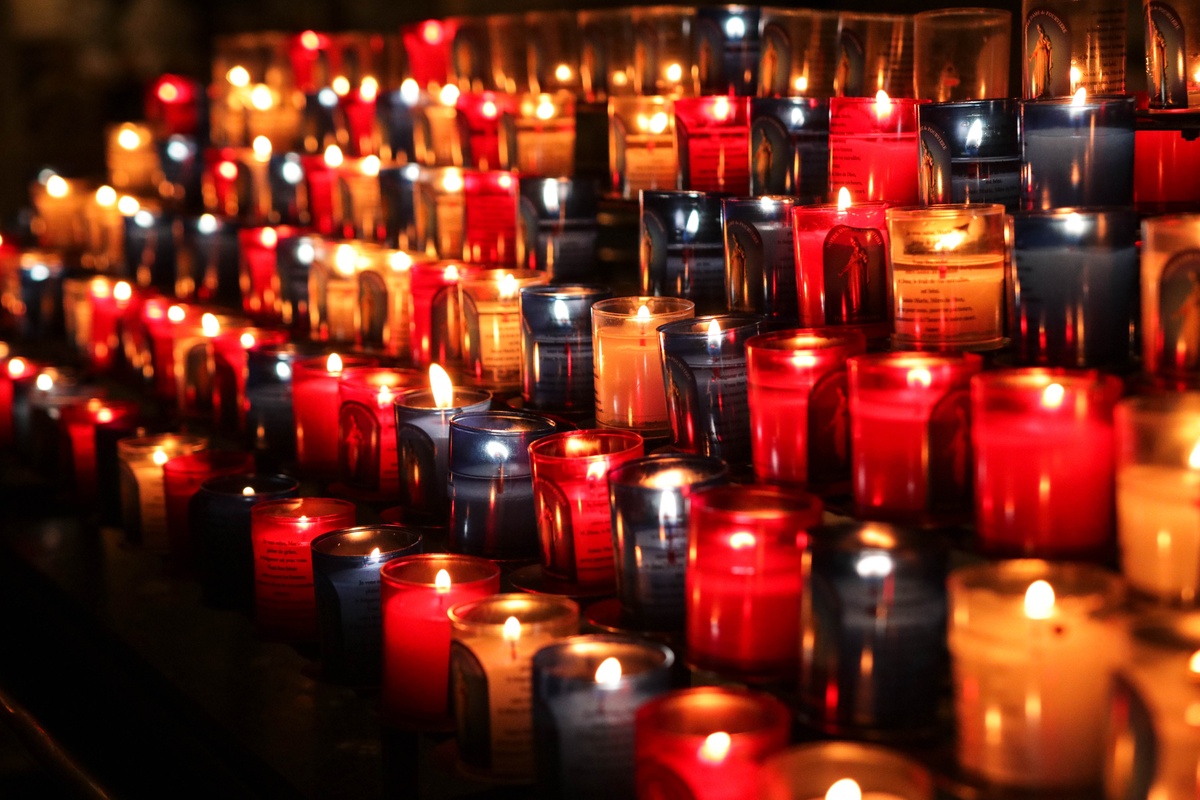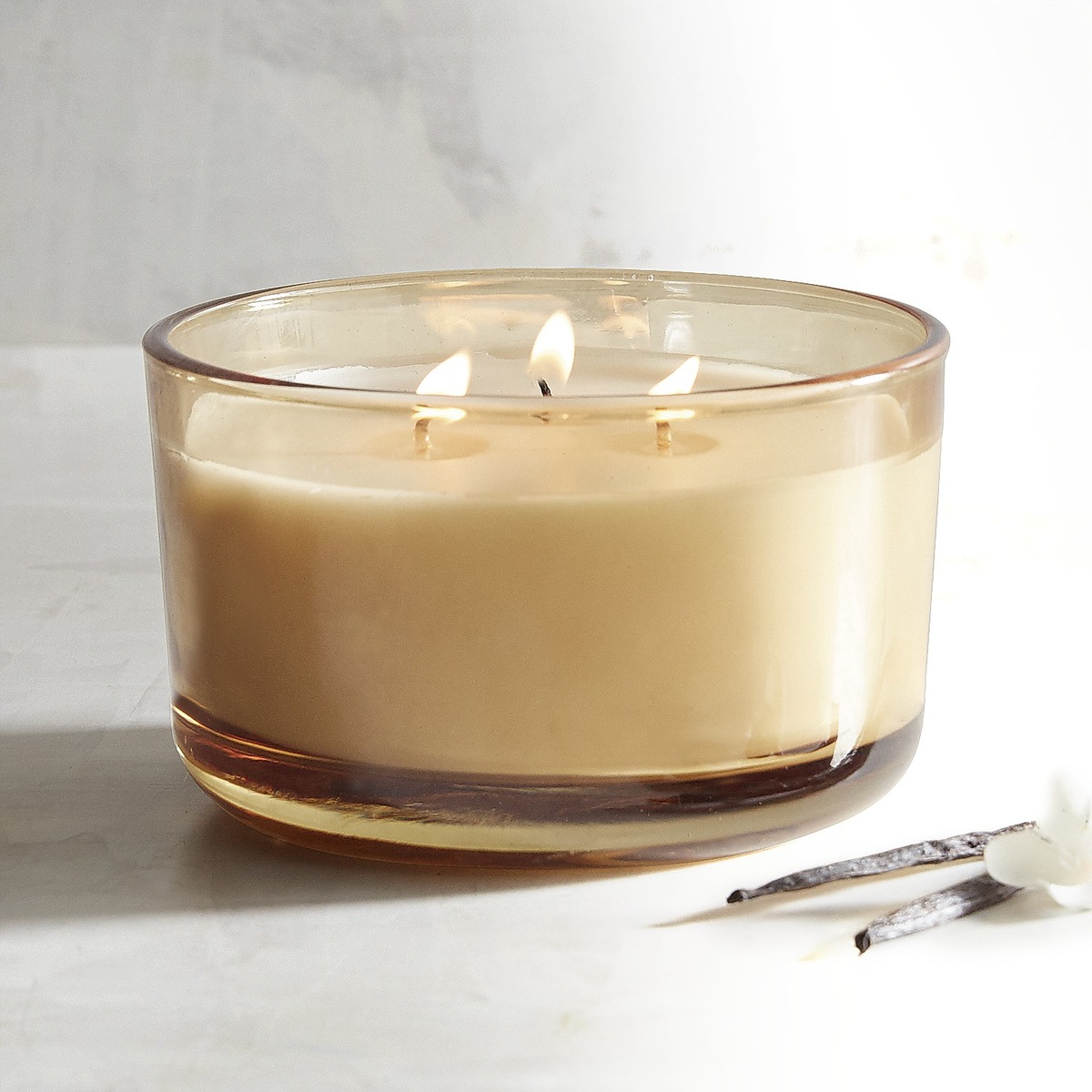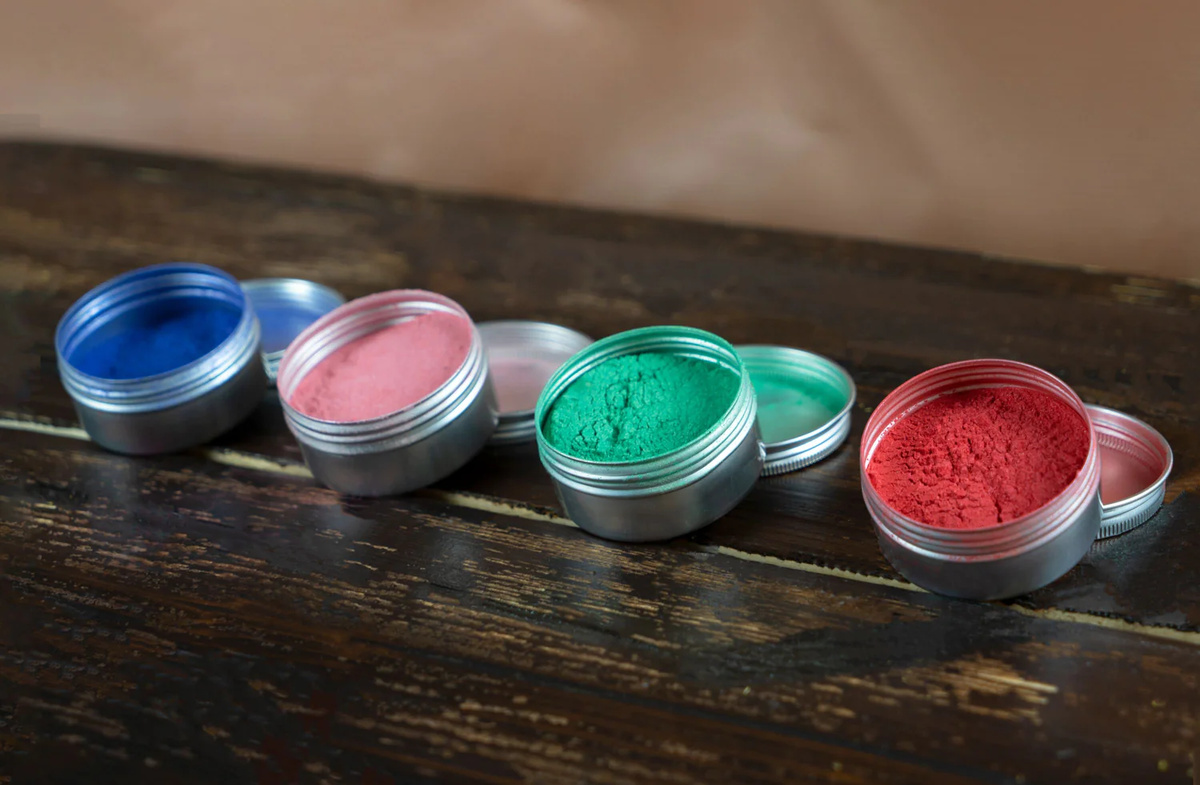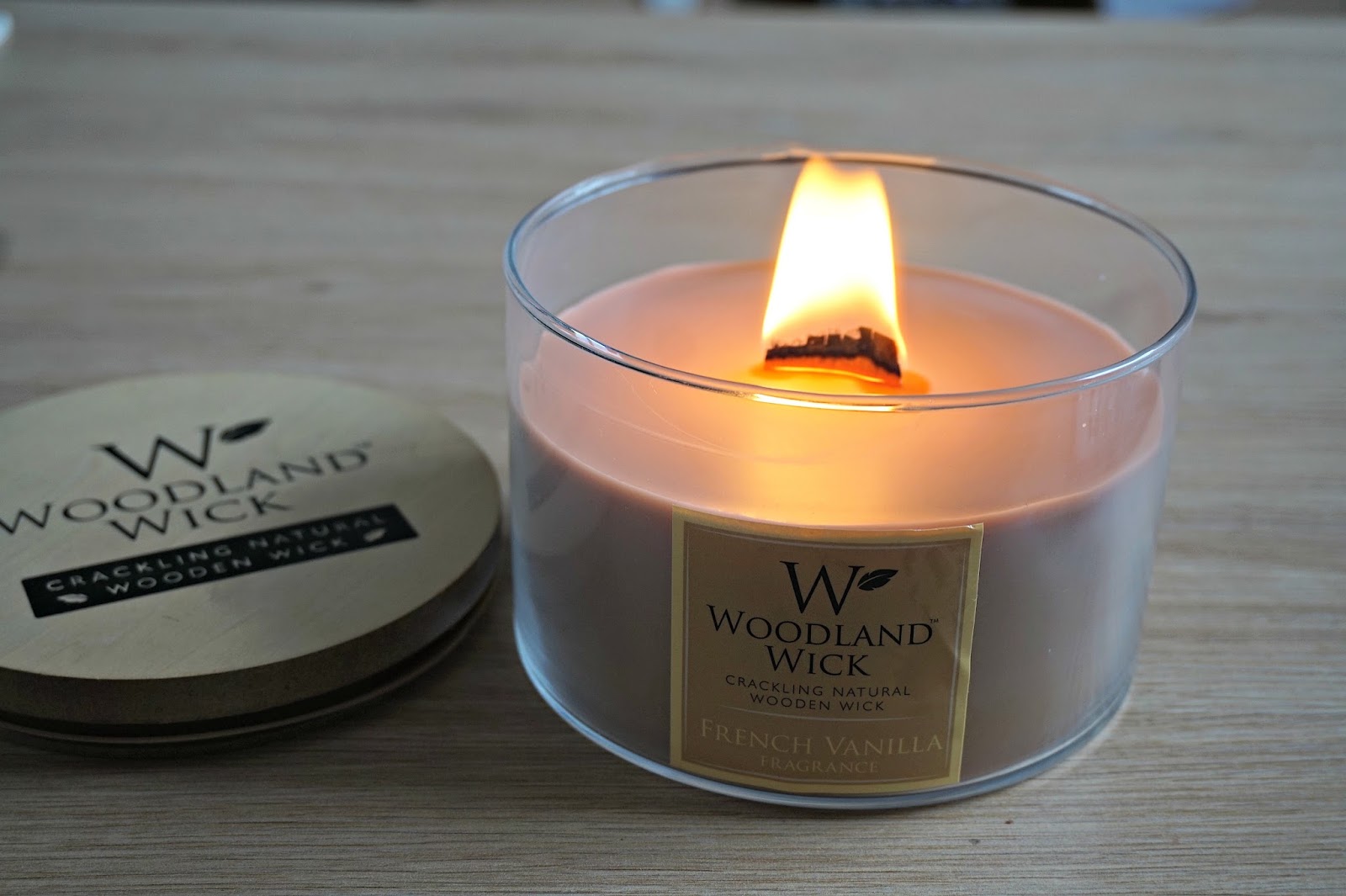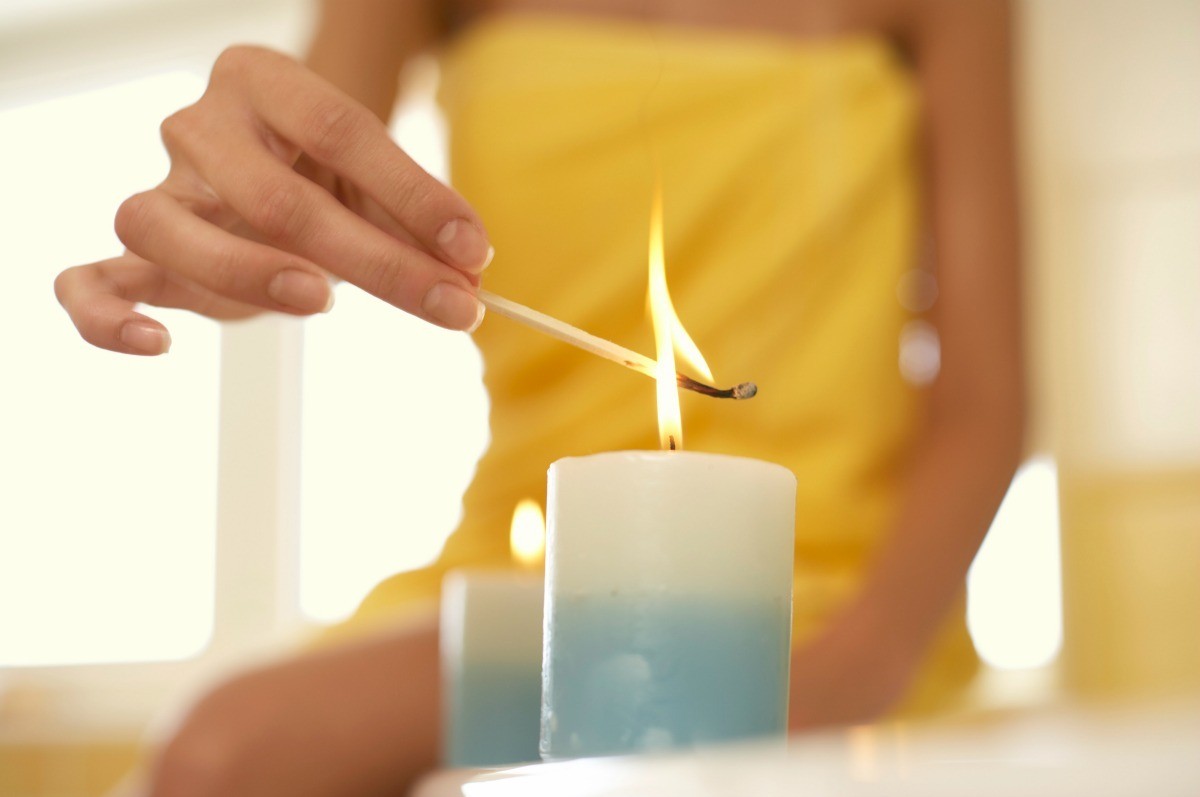

Articles
How Much Vybar To Use In Candles
Modified: December 7, 2023
Find out the right amount of Vybar to use in your candle-making process with our informative articles. Explore tips and techniques to achieve the perfect results.
(Many of the links in this article redirect to a specific reviewed product. Your purchase of these products through affiliate links helps to generate commission for Storables.com, at no extra cost. Learn more)
Introduction
Welcome to the world of candle making! If you’re a candle enthusiast or considering starting a candle-making business, you’ve probably come across the term “Vybar” in your research. But what exactly is Vybar and how does it impact the quality and performance of candles?
Vybar is a popular additive used in the candle-making industry. It is a proprietary blend of polyethylene co-polymers that helps improve the performance of candles, particularly in terms of fragrance retention, color vibrancy, and burn quality. When added to candle wax, Vybar enhances the overall structure of the candle, making it more efficient and consistent in its burn characteristics.
The primary role of Vybar in candles is to act as a binder, helping the fragrance oil and dye adhere to the wax. Additionally, it aids in reducing surface imperfections such as frosting and mottling, resulting in a smooth and visually appealing finish. By incorporating Vybar into your candle-making process, you can achieve a professional-quality product that burns evenly, releases fragrance effectively, and showcases vibrant colors.
When it comes to determining the quantity of Vybar to use in your candles, several factors should be considered. These include the type of wax you’re using, the desired fragrance load, the desired color intensity, and the size and shape of the candle. Finding the right balance of Vybar can help you achieve optimal results with your candles.
It’s important to note that the appropriate amount of Vybar may vary depending on the specific candle-making formula you’re using. Therefore, it’s recommended to conduct some testing to determine the ideal quantity for your particular set of ingredients and desired end product.
In the following sections, we will explore the factors to consider when determining the amount of Vybar to use in candles, provide guidelines for testing Vybar quantities, and offer recommendations for different candle types. We will also share some valuable tips for using Vybar effectively in your candle-making endeavors. So, let’s dive in!
Key Takeaways:
- Vybar is a versatile additive that enhances fragrance retention, color vibrancy, and burn quality in candles. Finding the right Vybar quantity is crucial for achieving optimal results based on wax type, fragrance load, color intensity, and candle size.
- Testing different Vybar amounts is essential to fine-tune your candle-making process and create high-quality candles. Keep detailed records, observe burn characteristics, fragrance throw, and color intensity to determine the ideal Vybar quantity for your unique formulation.
Read more: How Much Stearic Acid To Use In Soy Candles
What is Vybar?
Vybar is a proprietary additive widely used in the candle-making industry. Developed by Baker Hughes, a leading provider of specialty chemicals, Vybar is a blend of polyethylene co-polymers specifically formulated for enhancing the performance of candles. It is available in the form of small, white beads that easily mix with candle wax during the melting process.
The main purpose of adding Vybar to candle wax is to improve the characteristics and qualities of the finished candle. It acts as a binder, allowing the fragrance oil and dye to disperse evenly throughout the wax, resulting in a more consistent and efficient burn. Vybar also helps in reducing surface imperfections such as frosting and mottling, creating a more visually appealing and professional-looking candle.
One of the key benefits of Vybar is its ability to enhance fragrance retention in candles. By acting as a carrier for the fragrance oil, Vybar allows the scent to be released gradually as the candle burns, resulting in a longer-lasting and more aromatic experience. This is particularly important for scented candles, where the fragrance is a crucial selling point.
In addition to fragrance retention, Vybar also contributes to color vibrancy in candles. When mixed with wax, it helps the dye disperse evenly, resulting in a more intense and true-to-color appearance. This is especially important for candles with vibrant or deep colors, as it ensures that the desired hue is achieved and maintained throughout the candle’s lifespan.
Beyond its functional properties, Vybar is also known for its versatility. It can be used with various types of candle wax, including paraffin, soy, and palm wax. Whether you’re making container candles, pillar candles, or even wax melts, Vybar can be incorporated into your formula to improve the quality and performance of your products. However, it’s important to note that the appropriate amount of Vybar may vary depending on the specific wax and candle-making process you’re using.
Overall, Vybar is a valuable tool in the candle maker’s arsenal. Its ability to enhance fragrance retention, improve color vibrancy, and reduce surface imperfections makes it a sought-after additive in the industry. By incorporating Vybar into your candle-making process, you can create candles that burn evenly, release fragrance effectively, and display vibrant colors, resulting in a superior product that will delight customers.
The Role of Vybar in Candle Making
Vybar plays a crucial role in candle making, influencing various aspects of the final product. From enhancing fragrance retention to improving burn quality, understanding how Vybar works can help you create exceptional candles that stand out in the market.
One of the primary roles of Vybar in candle making is to act as a binder. When Vybar is added to the wax during the melting process, it helps the fragrance oil and dye to disperse evenly throughout the wax. This ensures that the scent is evenly distributed and that the color is consistent throughout the candle. As a result, you’ll achieve a more professional-looking candle with a more pronounced fragrance.
Another important aspect of Vybar is its effect on burn quality. When wax is mixed with Vybar, it creates a sturdy and more stable structure for the candle. This structure helps regulate the heat distribution during burning, enabling the wick to burn evenly and efficiently. The addition of Vybar also helps reduce problems such as tunnelling, where the candle burns unevenly, leaving a hole in the center. This ensures that your candles have a longer burn time and maintain their shape as they burn down.
In candle-making, one common issue that Vybar helps address is frosting. Frosting is the natural occurrence of a crystalline or powdery white film on the surface of the candle. While it doesn’t affect the candle’s performance, it can be visually unappealing. Vybar helps minimize frosting by improving the crystallization of the wax, resulting in a smoother, more polished finish.
Additionally, Vybar aids in reducing mottling, which is the occurrence of small, uneven spots or imperfections on the surface of the candle. These imperfections can detract from the overall appearance of the candle, making it look less professional. By adding Vybar to your candle wax, you can achieve a more consistent and visually appealing finish, resulting in candles that are more marketable and attractive to customers.
Besides its functional benefits, Vybar also contributes to the overall experience of scented candles. By binding the fragrance oil within the wax, Vybar helps improve fragrance retention. This means that the scent of the candle will last longer and release more consistently as the candle burns. This is particularly important for scented candles, as the longevity and strength of the scent are significant selling points for customers.
In summary, Vybar plays a vital role in the candle-making process. It acts as a binder, improving fragrance retention and color consistency, while also creating a more stable structure for the candle. It helps address issues such as tunnelling, frosting, and mottling, resulting in candles that burn evenly, look professional, and have a longer-lasting fragrance. By understanding the role of Vybar in candle making, you can harness its benefits to create exceptional candles that exceed customer expectations.
Factors to Consider in Determining Vybar Quantity
When it comes to determining the appropriate quantity of Vybar to use in your candles, several factors should be taken into consideration. Finding the right balance is crucial to achieve optimal results in terms of fragrance retention, color vibrancy, and burn quality. Here are some key factors to consider when determining the Vybar quantity:
- Type of Wax: Different types of wax have varying characteristics, such as melting point and density. Each type of wax may require a different amount of Vybar to achieve the desired results. For example, some waxes may require a higher amount of Vybar for better fragrance retention, while others may need less to prevent issues like surface imperfections.
- Fragrance Load: The amount of fragrance oil you plan to incorporate into your candles can also impact the Vybar quantity. Fragrance oils differ in their potency, so using a higher fragrance load may require more Vybar to help bind and distribute the scent throughout the wax effectively.
- Color Intensity: If you’re aiming for vibrant and intense colors in your candles, the Vybar quantity will play a role. Adding more Vybar can assist in dispersing the dye evenly, resulting in a more concentrated and vivid color. Conversely, if you prefer a lighter and pastel shade, a lower Vybar quantity may be sufficient.
- Candle Size and Shape: The size and shape of your candle can influence Vybar quantity as well. Larger or thicker candles may require more Vybar to ensure even burning and fragrance release throughout the candle. Conversely, smaller or thinner candles may require less Vybar to avoid overpowering the fragrance or causing other issues.
- Candle-Making Goals: Consider your specific goals for the candles you’re making. Are you aiming for strong, long-lasting fragrance? Are you focused on achieving vibrant colors? Understanding your objectives will help you determine the appropriate Vybar quantity to meet those goals.
While these factors provide a general guideline, it’s important to note that the appropriate Vybar quantity may vary based on your specific candle-making formula and preferences. Therefore, it’s highly recommended to conduct testing to determine the ideal Vybar quantity for your unique combination of wax, fragrance, color, and candle size.
Testing different Vybar amounts can be done by creating a small batch of candles with varying Vybar quantities. Observe the burn characteristics, fragrance throw, and appearance of each candle to determine the optimal Vybar quantity that meets your desired outcome. Keep detailed records of your observations to refer back to when making future batches.
By taking these factors into consideration and conducting testing, you can find the right balance of Vybar that enhances the performance and aesthetic appeal of your candles. The appropriate Vybar quantity will result in candles that burn evenly, emit fragrance effectively, display vibrant colors, and meet your customers’ expectations.
Testing Vybar Amounts in Candles
Testing different Vybar amounts in your candles is a crucial step to determine the optimal quantity that achieves the desired results. Through careful testing and observation, you can fine-tune your candle-making process and create high-quality candles that meet your customers’ expectations. Here’s a step-by-step guide on how to test Vybar amounts:
- Start with a Base Formula: Begin with a base formula for your candles that includes your chosen wax, fragrance oil, and dye. This will serve as your control sample to compare the results of different Vybar amounts.
- Prepare Multiple Test Batches: Divide your wax into several smaller portions to create test batches with varying Vybar amounts. Start by adding a small amount of Vybar to one test batch, then increase the Vybar quantity in subsequent batches. Label each batch to keep track of the Vybar amounts used.
- Pour the Candles: Melt the wax for each test batch and add the appropriate fragrance oil and dye according to your base formula. Stir well to ensure even distribution. Pour the wax into containers or molds, making sure each test batch is identical in size and shape.
- Observe the Burn: Allow each candle to cure and cool completely before lighting them. Pay close attention to the burn characteristics of each candle. Note the flame size, burn rate, and any signs of tunneling or uneven burning. This will help you determine if the Vybar amount is affecting the burn quality.
- Assess Fragrance Throw: Light each candle and assess the fragrance throw. Note the strength and longevity of the scent. Is the fragrance noticeable and pleasant? Make note of any differences in fragrance throw among the test batches with varying Vybar amounts.
- Evaluate Color Intensity: Examine the color of each test candle after it has fully solidified. Assess the intensity and vibrancy of the color. Note any variations in color intensity among the different Vybar amounts used.
- Make Comparisons: Compare the results of each test batch with your control sample. Look for candles with optimal burn quality, desired fragrance throw, and the desired color intensity. This will help you determine the most suitable Vybar quantity for your candles.
- Keep Detailed Records: Throughout the testing process, keep detailed records of your observations, including Vybar quantities used, burn characteristics, fragrance throw, and color intensity. These records will serve as a valuable reference for future candle-making batches.
By conducting thorough testing and carefully evaluating the results, you can identify the ideal Vybar quantity for your specific candle-making formula. Remember that the optimal Vybar amount may vary depending on the wax, fragrance, color, and candle size you’re using. It’s also essential to consider your target audience’s preferences and expectations when determining the Vybar quantity.
Testing different Vybar amounts may require some time and experimentation, but the insights gained will provide valuable information for consistently creating high-quality candles that meet your customers’ expectations. With practice and refinement, you’ll be able to achieve the perfect blend of Vybar and other ingredients to produce candles that burn evenly, emit fragrance effectively, and display vibrant colors.
When using Vybar in candles, a general rule of thumb is to use 1-2% of the total wax weight for container candles and 2-3% for pillar candles. Start with a lower percentage and adjust based on the desired results.
Read more: How Much To Sell Candles For
Recommended Vybar Amounts for Different Candle Types
While the optimal Vybar quantity may vary depending on your specific candle-making formula and preferences, some general recommendations can serve as a starting point for different types of candles. These recommendations can help you achieve desired results in terms of fragrance retention, color vibrancy, and burn quality. Here are some recommended Vybar amounts for different candle types:
- Container Candles: For container candles made with paraffin wax, a common guideline is to use around 1-2% Vybar by weight of the wax. This quantity should help bind the fragrance oil, enhance fragrance retention, and minimize issues like frosting. Adjust the Vybar quantity based on the specific fragrance load and desired color intensity. For soy or palm wax container candles, a slightly lesser amount of Vybar, around 0.5-1%, may be sufficient.
- Pillar Candles: Pillar candles typically require a higher Vybar quantity to support their larger size and longer burn time. Start with a recommended range of 2-4% Vybar by weight of the wax for paraffin pillar candles. Adjust the quantity based on the desired fragrance intensity and color vibrancy. Remember to test different Vybar amounts to find the balance that yields the best results for your specific formulation.
- Taper Candles: Taper candles are long and narrow, requiring careful wick selection and Vybar amount considerations. The recommended Vybar quantity for taper candles is generally lower, around 0.5-1% by weight of the wax. This helps maintain a steady burn without causing drips or excessive smoke. Testing is crucial as taper candles are more susceptible to issues like tunneling.
- Votive Candles: Votive candles, which are often burned in glass holders, benefit from Vybar to improve fragrance retention and minimize frosting. For paraffin votive candles, a recommended Vybar amount is around 1-2% by weight of the wax. Adjust the quantity based on the desired fragrance intensity and color vibrancy. Soy or palm wax votive candles may require slightly lesser amounts of Vybar, around 0.5-1%.
- Wax Melts: Wax melts, also known as wax tarts or wax cubes, require Vybar to help disperse fragrance evenly as they are warmed. A common guideline for wax melts is to use around 1-3% Vybar by weight of the wax. Consider the intensity of the fragrance oil and adjust the Vybar quantity accordingly. Testing is essential to ensure proper fragrance throw and consistency in the melted wax.
It’s important to keep in mind that these recommended Vybar amounts are general guidelines and should be used as a starting point. Factors such as the specific wax, fragrance load, desired color intensity, and candle size may necessitate adjustments to achieve optimal results. Conducting thorough testing with varying Vybar amounts is crucial to finding the right balance for your particular candle-making process.
Remember to keep detailed records of your testing and observations to refer back to when creating future batches of candles. These records will help you refine your formulations and consistently produce candles that burn evenly, emit fragrance effectively, and display vibrant colors, satisfying your customers’ expectations.
Tips for Using Vybar in Candle Making
When incorporating Vybar into your candle-making process, there are a few tips to keep in mind to ensure optimal results and a smooth experience. These tips will help you make the most of Vybar and create high-quality candles that stand out. Here are some valuable tips for using Vybar in candle making:
- Gradually Add Vybar: When adding Vybar to your wax, do it gradually and in small increments. This allows for better mixing and ensures that the Vybar is evenly distributed throughout the wax. Adding it all at once may result in clumping or uneven dispersion.
- Mix Well: It’s crucial to thoroughly mix the Vybar with the wax to ensure proper binding and distribution of fragrance oil and dye. Use a suitable stirring tool, such as a heat-resistant spatula or spoon, to blend the Vybar and wax until they are fully incorporated.
- Consider Wax Type: Different types of wax may require different amounts of Vybar. Keep in mind the specific characteristics of the wax you are using and adjust the Vybar quantity accordingly. Experiment with smaller test batches to determine the ideal Vybar amount for your chosen wax type.
- Test Different Vybar Amounts: Testing different Vybar amounts is crucial in finding the right balance for your specific candle-making formula. Conduct small-scale test batches using varying amounts of Vybar to observe the burn characteristics, fragrance throw, and color intensity. Document your findings to reference for future batches.
- Document Your Formulas: Keep detailed records of your candle-making formulas, including the specific Vybar quantities used, fragrance oils, dyes, and other additives. This will help you replicate successful batches and troubleshoot any issues that may arise.
- Be Mindful of Fragrance Load: The fragrance load in your candles can affect the amount of Vybar needed. Higher fragrance loads may require slightly higher amounts of Vybar to ensure proper binding and dispersion of the scent. Consider the specific type and potency of your fragrance oil when determining the Vybar quantity.
- Monitor Burn and Visual Appearance: Observe how the candles burn and the visual appearance during and after burning. Assess the burn characteristics, such as flame size, tunnelling, and the presence of smoke. Additionally, evaluate the visual appearance, noting any issues with frosting, mottling, or uneven coloring. Adjust the Vybar quantity as needed based on these observations.
- Follow Safety Guidelines: Always adhere to safety guidelines when working with Vybar and other candle-making materials. Ensure proper ventilation, use heat-resistant containers and equipment, and follow manufacturer instructions for handling and storing Vybar.
By following these tips, you can effectively use Vybar in your candle-making process and achieve desirable results. Remember that every candle-making formula is unique, and it may take some experimentation and adjustments to find the perfect Vybar quantity for your specific requirements. With practice and attention to detail, you’ll be able to create exceptional candles that showcase the benefits of incorporating Vybar.
Potential Issues and Troubleshooting
While using Vybar in candle making can greatly enhance the quality of your candles, there are potential issues that may arise. Understanding these issues and knowing how to troubleshoot them will help you overcome any challenges and create excellent candles. Here are some common issues and troubleshooting tips when using Vybar:
- Frosting: Frosting is the natural occurrence of a crystalline or powdery white film on the surface of candles. To minimize frosting, try reducing the Vybar quantity used or adjust the cooling process. Cooling the candles slowly and at a consistent temperature can help prevent frosting. Additionally, you can consider using a different type of wax or adding a small amount of stearic acid to the wax to reduce frosting.
- Sinkholes: Sinkholes are depressions or cavities that form in the center of candles during the cooling process. They can occur if the Vybar quantity is too high or if the cooling process is too rapid. To avoid sinkholes, reduce the Vybar amount or slow down the cooling process by allowing the candles to cool gradually at room temperature.
- Tunnelling: Tunnelling refers to uneven burning, where the wax burns down the center of the candle, leaving a rim of unburned wax along the sides. This issue can occur if the Vybar amount is too low or if the wick is too small for the candle diameter. Adjust the Vybar quantity to ensure proper wax melting and consider using a larger wick size to promote even burning.
- Mottling: Mottling is the appearance of small, uneven spots or imperfections on the surface of candles. To minimize mottling, increase the Vybar quantity slightly to improve the crystallization of the wax. Additionally, consider using a mold release spray or adjusting the cooling process to achieve a smoother finish.
- Poor Fragrance Throw: If you’re experiencing a weak or inconsistent fragrance throw, it could be due to an insufficient Vybar amount. Increase the Vybar quantity slightly to help bind and disperse the fragrance oil more effectively throughout the wax. It’s also essential to use high-quality fragrance oils that are suitable for candle making.
- Color Bleeding: Color bleeding occurs when the dye in the candle wax transfers or bleeds onto the candle’s surface. This can happen if the Vybar quantity is too high or if the dye used is not candle-compatible. Adjust the Vybar quantity and consider using dyes specifically formulated for candle making to prevent color bleeding.
- Inconsistent Color Intensity: If you’re experiencing variations in color intensity among your candles, it may be due to an uneven dispersion of the dye throughout the wax. To achieve consistent color intensity, ensure thorough mixing of the Vybar, dye, and wax. Consider using liquid dyes or pre-dispersed color blocks for more consistent coloring.
Remember that troubleshooting may require some experimentation and adjustments to find the right solution for your specific situation. Keep detailed records of your troubleshooting efforts, noting the changes made, and observe the results. This will help you learn from past experiences and refine your candle-making process.
Additionally, it’s important to remember that temperature and humidity can also impact the performance of Vybar and the overall candle-making process. Always work in a clean and controlled environment with optimal temperature and humidity levels to minimize potential issues.
By being aware of these potential issues and utilizing effective troubleshooting techniques, you can address challenges that may arise when using Vybar in candle making. With persistence and careful adjustments, you’ll be able to create candles that showcase the benefits of Vybar while delivering high-quality and visually appealing products.
Conclusion
Incorporating Vybar into your candle-making process can significantly enhance the quality and performance of your candles. From improving fragrance retention and color vibrancy to promoting even burning and a visually appealing finish, Vybar plays a crucial role in creating exceptional candles that stand out in the market.
Throughout this article, we’ve explored the various aspects of Vybar, from understanding what it is to its role in candle making. We’ve discussed the factors to consider when determining the appropriate Vybar quantity, the importance of testing Vybar amounts, and recommended Vybar amounts for different candle types. We’ve also shared valuable tips for using Vybar effectively and troubleshooting potential issues that may arise.
Remember that achieving the perfect Vybar quantity for your candles may require some experimentation and adjustments. Each candle-making formula is unique, and variables such as wax type, fragrance load, color intensity, and candle size can impact the ideal Vybar amount. Through careful testing and documentation, you’ll be able to fine-tune your process and consistently produce candles that meet and exceed your customers’ expectations.
As you continue on your candle-making journey, keep in mind the importance of using Vybar in moderation and following safety guidelines. Additionally, stay up to date with advancements in the candle-making industry and continue to explore new techniques and additives that can enhance your candle creations.
By harnessing the benefits of Vybar and incorporating it into your candle-making process, you can create candles that burn evenly, emit fragrance effectively, display vibrant colors, and have a visually appealing finish. Whether you’re a hobbyist or aspiring candle entrepreneur, the use of Vybar can elevate your candles to a professional level, delighting customers and captivating their senses.
So, let your creativity shine, embrace the possibilities that Vybar offers, and enjoy the process of creating beautiful and aromatic candles that bring joy and warmth to any space.
Frequently Asked Questions about How Much Vybar To Use In Candles
Was this page helpful?
At Storables.com, we guarantee accurate and reliable information. Our content, validated by Expert Board Contributors, is crafted following stringent Editorial Policies. We're committed to providing you with well-researched, expert-backed insights for all your informational needs.
